Introduction
Stir-fried noodles, a dish beloved across continents, bridge cultures and cuisines with their smoky aroma, vibrant colors, and harmonious blend of textures. Whether you call it chow mein, pad thai, or simply “stir-fry,” this versatile meal offers a canvas for creativity while remaining approachable for home cooks of all skill levels. The beauty of stir-fried noodles lies in their adaptability—you can clear out your fridge with odds and ends of vegetables, use leftover proteins, or whip up a vegetarian masterpiece in minutes. This article will guide you through crafting the perfect plate of stir-fried noodles: flavorful, satisfying, and deceptively simple to prepare. We’ll explore ingredient selection, cooking techniques, and tips to elevate your dish from ordinary to extraordinary, all while keeping the process stress-free and enjoyable.
The Foundation: Choosing the Right Noodles
The backbone of any stir-fried noodle dish is, of course, the noodles themselves. The type you choose will influence the texture and flavor profile of your meal. Here’s a breakdown of popular options:
-
Wheat Noodles: These include egg noodles (common in Cantonese-style chow mein) and lo mein noodles. Egg noodles, with their yellow hue and springy texture, hold up well to high heat and sauces. Lo mein noodles, thicker and chewier, are perfect for soaking up bold flavors.
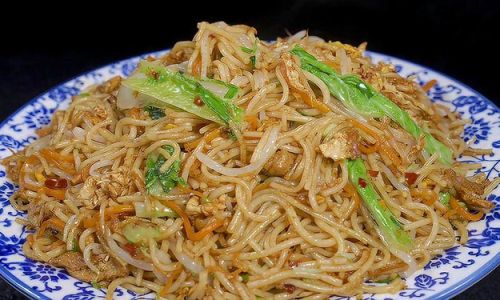
-
Rice Noodles: Used in dishes like pad thai or Singapore-style mee goreng, rice noodles come in various widths. Fresh rice noodles (often labeled “ho fun”) cook quickly and develop a satisfyingly soft yet slightly chewy texture. Dried rice noodles require soaking before stir-frying.
-
Udon Noodles: These thick, wheat-based Japanese noodles add a hearty bite to stir-fries. Their neutral flavor makes them ideal for absorbing aromatic sauces.
-
Glass Noodles (Cellophane Noodles): Made from mung bean starch, these translucent noodles become slippery and delicate when cooked. They’re often used in Korean japchae or Chinese liang fen.
Pro Tip: Always follow the package instructions for cooking times. Overcooked noodles become mushy, while undercooked ones will turn rubbery during stir-frying. Rinse cooked noodles under cold water to stop the cooking process, then toss with a drizzle of oil to prevent sticking.
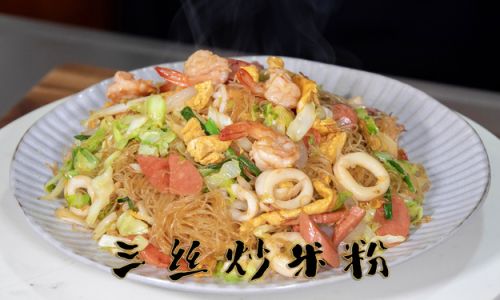
Building Flavor: Sauces and Seasonings
A great stir-fry hinges on balancing salty, sweet, sour, and umami elements. Stock your pantry with these essentials:
- Soy Sauce: Opt for light soy sauce for saltiness or dark soy sauce for color and depth. Tamari is a gluten-free alternative.
- Oyster Sauce: A thick, briny condiment that adds richness (vegetarian oyster sauce is available).
- Hoisin Sauce: Sweet and tangy, it’s perfect for sticky, caramelized finishes.
- Rice Vinegar or Lime Juice: Brightens the dish with acidity.
- Sesame Oil: A finishing touch that imparts nutty aroma.
- Aromatics: Garlic, ginger, and shallots form the flavor base. Chili flakes or fresh chilies add heat.
The Stir-Fry Technique: Speed and Heat
Stir-frying is a high-heat, quick-cooking method that sears ingredients, locking in flavors and textures. Here’s how to master it:
- Prep Like a Pro: Chop all ingredients beforehand—this is non-negotiable. Stir-frying moves fast, and overcooked vegetables or burnt garlic can ruin a dish.
- Heat Your Wok (or Skillet): Use a carbon-steel wok or a large, heavy-bottomed skillet. Heat it over high flame until a drop of water evaporates instantly.
- Oil is Key: Add a neutral oil with a high smoke point (peanut, vegetable, or canola). Swirl to coat the pan.
- Cook in Batches: Overcrowding the pan steams ingredients instead of searing them. Fry proteins first, set aside, then stir-fry vegetables, and finally noodles.
- Toss, Don’t Stir: Use a spatula to lift and flip ingredients, ensuring even cooking without breaking the noodles.
Step-by-Step Guide to Perfect Stir-Fried Noodles
Let’s break down the process with a classic recipe template. Feel free to riff on this with your favorite ingredients!
Ingredients (Serves 4):
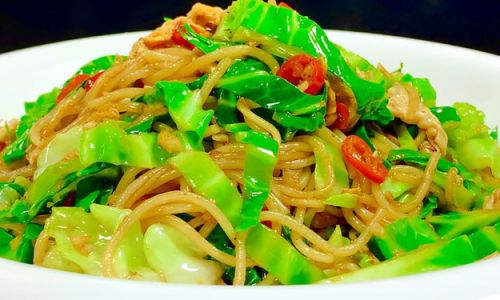
- 8 oz noodles (your choice)
- 8 oz protein (chicken, shrimp, tofu, or beef)
- 2 cups mixed vegetables (bell peppers, carrots, snap peas, mushrooms)
- 1 small onion, sliced
- 3 garlic cloves, minced
- 1-inch ginger, grated
- 2 green onions, chopped
- 2 tbsp soy sauce
- 1 tbsp oyster sauce
- 1 tsp sugar
- 1 tbsp rice vinegar
- 1 tsp sesame oil
- 2 tbsp oil (for cooking)
- Optional: chili flakes, egg, lime wedges
Instructions:
- Cook the Noodles: Boil noodles according to package directions. Drain, rinse under cold water, and toss with 1 tsp sesame oil.
- Prep the Protein: Slice into bite-sized pieces. Marinate in 1 tbsp soy sauce and a pinch of pepper for 10 minutes.
- Stir-Fry the Aromatics: Heat 1 tbsp oil in a wok over high heat. Add garlic and ginger; stir-fry for 30 seconds until fragrant.
- Cook the Protein: Add marinated protein. Stir-fry until cooked through (2-3 minutes for shrimp, 4-5 minutes for chicken). Remove and set aside.
- Stir-Fry Vegetables: Add another tbsp of oil. Toss in onions and carrots; stir-fry for 2 minutes. Add softer veggies (bell peppers, snap peas) and cook until tender-crisp.
- Combine Everything: Return protein to the wok. Add noodles, remaining soy sauce, oyster sauce, sugar, and rice vinegar. Toss gently to coat.
- Finish with Flavor: Drizzle sesame oil and sprinkle green onions. Toss once more and remove from heat.
- Serve: Garnish with chili flakes, lime wedges, or a fried egg.
Troubleshooting Common Issues
- Mushy Noodles: Reduce cooking time next time, or rinse with cold water after boiling.
- Bland Flavor: Amplify seasoning with an extra splash of soy sauce or a pinch of salt. Add a squeeze of lime for brightness.
- Soggy Texture: Ensure your pan is hot enough, and avoid overcrowding. Cook in batches if needed.
- Burnt Aromatics: Lower the heat when cooking garlic and ginger—they burn easily.
Creative Variations to Try
- Spicy Szechuan Style: Add doubanjiang (spicy bean paste) and Szechuan peppercorns. Top with crushed peanuts.
- Vegetarian Delight: Use extra-firm tofu and a medley of broccoli, edamame, and shredded cabbage.
- Peanut Noodles: Toss cooked noodles in a peanut sauce (peanut butter, soy sauce, honey, lime, and chili) before stir-frying.
- Seafood Extravaganza: Combine shrimp, squid, and mussels with a garlic-white wine sauce.
- Low-Carb Twist: Swap noodles for zucchini or carrot ribbons. Use tamari and coconut aminos for gluten-free options.
The Secret to Wok Hei (Breath of the Wok)
Wok hei, that elusive smoky flavor, comes from cooking over intense heat, causing ingredients to sear and caramelize rapidly. While home stoves can’t replicate restaurant-level flames, you can approximate it:
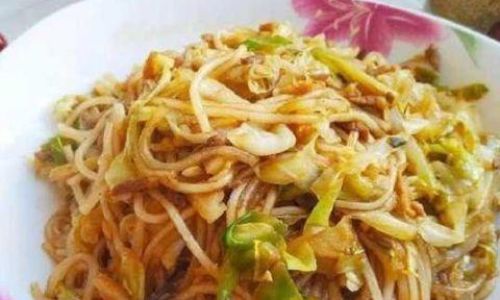
- Use a well-seasoned carbon-steel wok.
- Preheat until smoking hot.
- Cook in small batches to maintain high temperatures.
- Avoid overloading the pan—this lowers the heat and steams ingredients.
Pairing Suggestions
Stir-fried noodles pair wonderfully with:
- Crisp Side Dishes: Quick-pickled cucumbers, kimchi, or a simple cabbage slaw.
- Soup: Miso soup or a clear broth to balance richness.
- Beverages: Jasmine tea, light beer, or a citrusy sparkling water.
Conclusion
Stir-fried noodles are a testament to the joy of cooking—simple, flexible, and endlessly rewarding. Whether you’re a busy parent, a college student, or a seasoned home chef, this dish adapts to your schedule, tastes, and dietary needs. The key lies in mastering the basics: high heat, quality ingredients, and a willingness to experiment. So grab your wok, fire up the stove, and let the sizzle of garlic and ginger fill your kitchen. Before long, you’ll be crafting stir-fried noodles that rival your favorite takeout—perhaps even inspiring a new family tradition. Bon appétit!
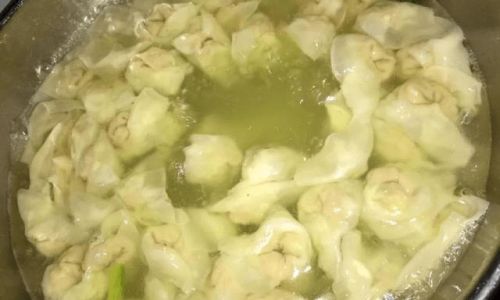
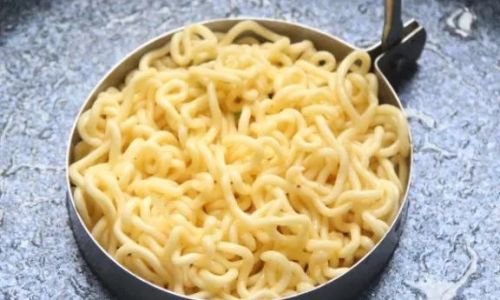
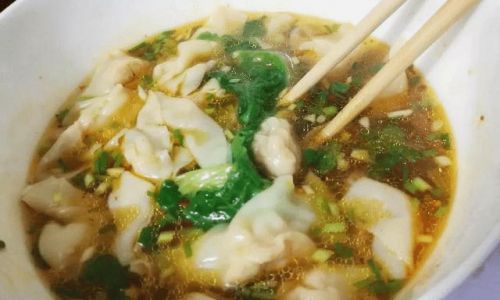



0 comments